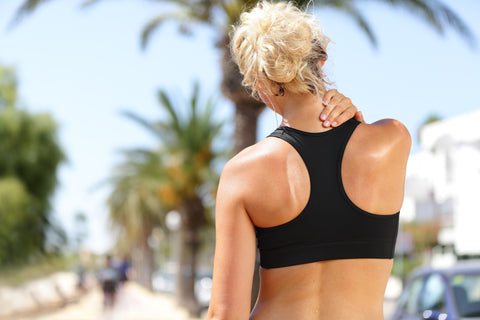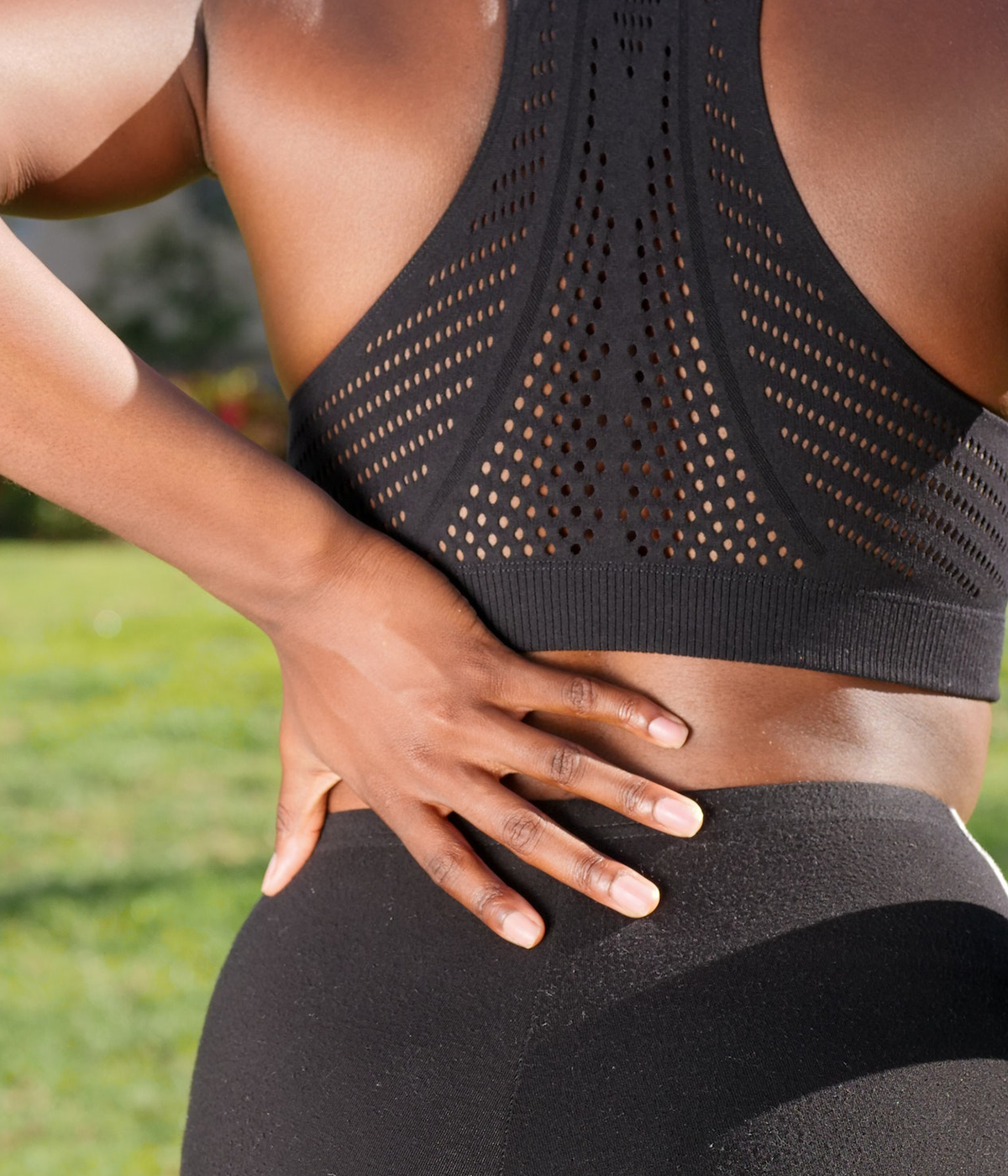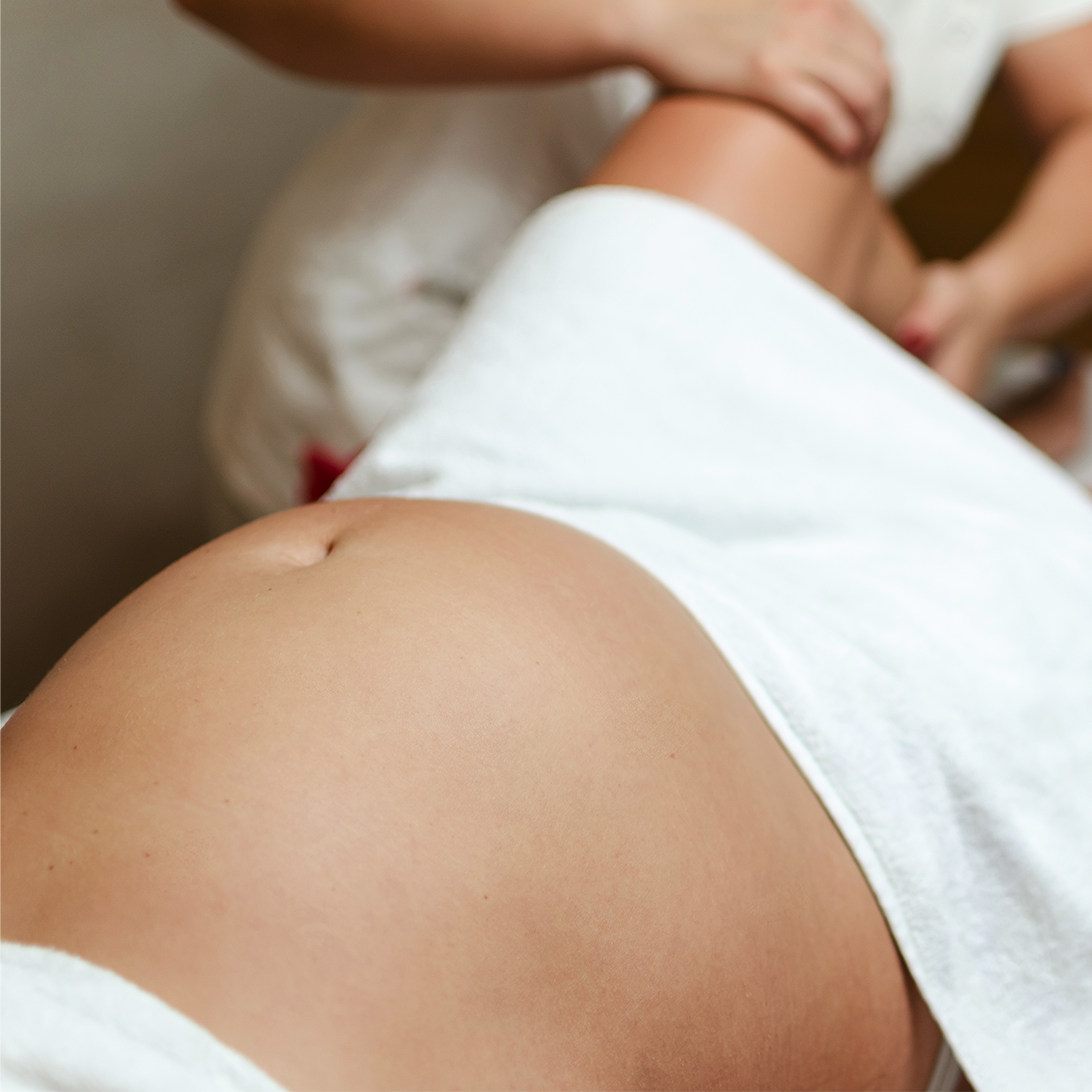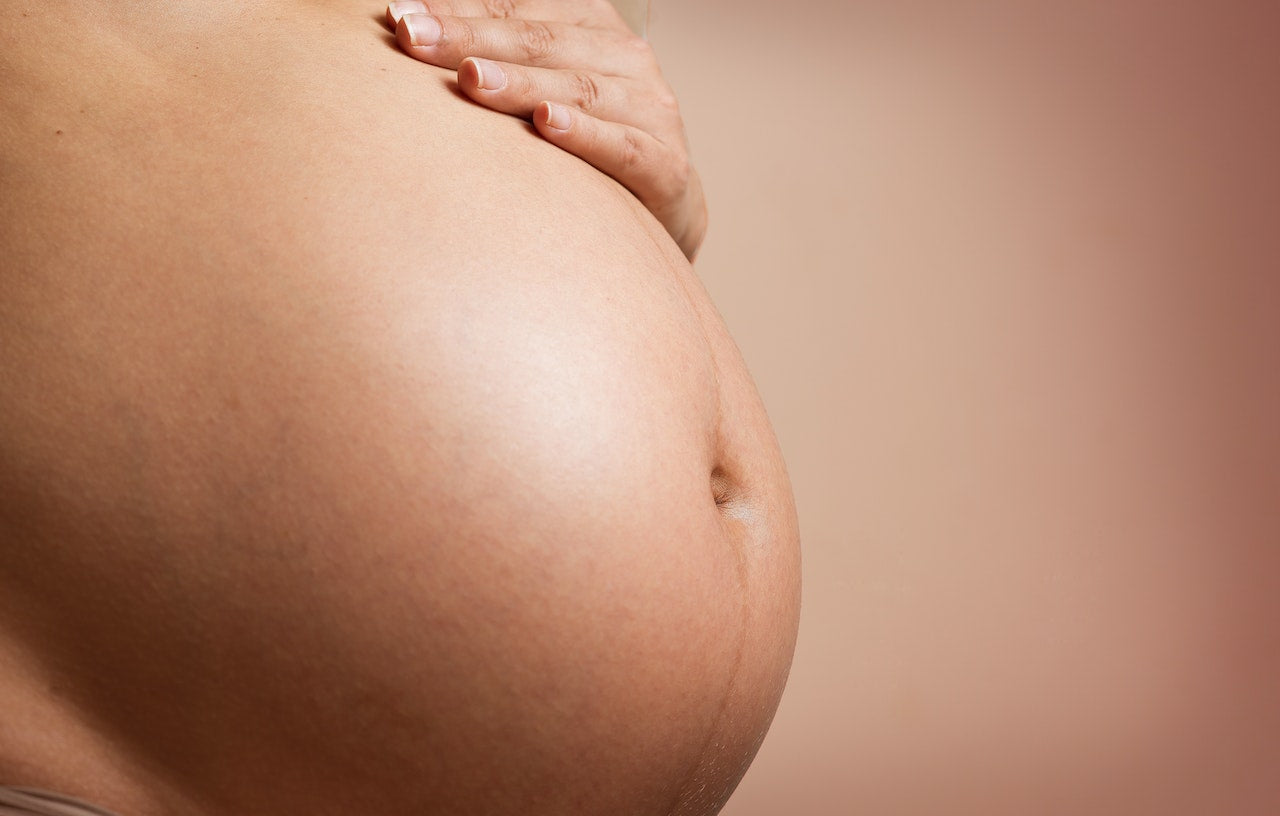Have you ever wondered about DOMS and whether it's a good sign for your fitness goals?
With the popularity of high-intensity interval training (HIIT) and other forms of intense exercise, it's no surprise that DOMS has become a common topic of discussion.
Many fitness enthusiasts have experienced this phenomenon, but what exactly is it and should you be worried about it? Well, if you are one of them or just curious to know more about DOMS, you've come to the right place.
In this comprehensive guide, we'll discuss what DOMS is all about and whether it's a good sign of muscle growth. Let's get started!
Defining DOMS
An acronym for Delayed Onset Muscle Soreness, DOMS is a type of acute muscle soreness that occurs as a result of microscopic tears in the muscle fibers.
These microscopic tears occur when you push your body muscles beyond their normal limits. This can happen during a workout or even after long periods of inactivity.
DOMS usually occurs 12-24 hours after the exercise session and can last anywhere from 2-3 days. It is characterized by pain, stiffness in your sore muscles, and reduced range of motion.
If you've ever experienced DOMS, you know how uncomfortable it can be. It's not the same as muscle soreness you feel during exercise, which is usually caused by lactic acid buildup.
It's a delayed reaction, which means it won't be felt until after you've completed a workout session.
So, just how does DOMS contribute to muscle growth? Well, you will find answers to this question in the next section. However, before we explain why, let's look at how you can tell if you're experiencing Delayed Onset Muscle Soreness.
Signs and Symptoms of DOMS
Experiencing Delayed Onset Muscle Soreness comes with various symptoms that can vary from person to person. Generally, the most common signs and symptoms of DOMS include:
1. Muscle stiffness and tightness
Muscle stiffness and tightness are common symptoms of Delayed Onset Muscle Soreness.
Muscle stiffness comes from an unpleasant sensation that can be painful when moving the affected muscle. While muscle tightness is a more general feeling of discomfort that can be felt throughout your entire body strength.
When you experience DOMS, you may also notice a reduced range of motion. This is because sore muscles are usually tight and stiff, making it difficult to move them in specific ways.

2. Muscle tenderness
Another way to tell if you're experiencing DOMS is to check for muscle tenderness.
This can be done by gently pressing your fingers into the affected muscle. If it's tender, then you're likely experiencing suffering from Delayed Onset Muscle Soreness.
Most times, the tenderness will be more pronounced when you press down on your muscle.
3. Swelling and inflammation in the affected area
People who experience Delayed Onset Muscle Soreness may also notice swelling and inflammation in their affected body muscles.
This sensation is caused by the accumulation of fluids in the muscle, which is a natural response to injury. When this happens, your body muscles may become tender and sore to the touch. It can also come with a burning sensation.
4. Muscle fatigue
Delayed Onset Muscle Soreness can also make you feel fatigued.
This is because your body is working hard to repair the damaged muscle fibres, which can be quite taxing on your energy levels. As a result, your body muscles may feel weak and tired.
They may also feel heavy and difficult to move.
If you want to know the difference between muscle fatique vs muscle soreness, please read this article.
5. Reduced range of motion in the affected area
When you experience DOMS, you may also notice a reduced range of motion.
This is because the muscles are tight and stiff, making it difficult to move them in specific ways.
You may find it difficult to perform activities such as stretching or bending, as these movements require a greater range of motion than usual. Additionally, your body muscles may feel tender when touched or moved, which can further reduce your range of motion.
Now that we've gone over the signs and symptoms of DOMS, let's look at how it contributes to muscle growth.
Causes of DOMS
Understanding the causes of Delayed Onset Muscle Soreness is critical to preventing it from happening in the future. Generally, DOMS is caused by a combination of factors, including:
1. Over-exertion of the muscles
One of the most common causes of Delayed Onset Muscle Soreness is when you over-exert your muscles.
This can happen when you push yourself too hard during a workout, or when you perform an activity that your body isn't used to. With this type of strain, your body muscles will become sore and stiff as they try to repair the damage.
2. Not warming up properly
Another common cause of DOMS is when you don't warm up properly before exercising.
When you don't warm up, your body muscles won't be prepared for the activity and can become strained as a result. This can lead to soreness and stiffness in the affected area.
If you are one not to warm up before exercising, then it is important to start doing so in order to prevent DOMS.
3. Not cooling down after exercise
Taking time to cool down after exercise is just as important as warming up.
When you don't cool down, your body muscles won't have time to recover and repair themselves properly. This can lead to Delayed Onset Muscle Soreness in the affected area.
What's more, cooling down can help reduce the risk of injury and improve your overall performance. That's why it's important to take the time to get some rest after an intense workout.
That's just a brief overview of factors that cause of DOMS. These factors are important to consider when trying to prevent this condition from occurring. That's why it's important to warm up and cool down properly, as well as not over-exerting your body muscles.
But what if you already have DOMS? Is there anything you can do to help ease the pain and discomfort? We'll explore ways you can do that in the next section.
Reducing Pain of DOMS
Although experiencing DOMS can be beneficial for reaching your fitness goals, it can also be quite painful. Fortunately, there are a few things you can do to reduce any sensation of muscle pain and discomfort.
Some of them include the following:
1. Perform light stretching and low-intensity exercises before any workout session
Performing light stretching and low-intensity exercises is one of the best ways to manage Delayed Onset Muscle Soreness (DOMS).
Light stretching helps to reduce the intensity of the soreness by loosening up tight muscles and increasing blood flow. Low-intensity exercises, such as walking or swimming, can also help to reduce muscle soreness by allowing your body to move without putting too much strain on it.
Additionally, these daily activities can help reduce inflammation and speed up recovery.

2. Take a warm bath or shower
Having a warm bath or shower is another great way to manage Delayed Onset Muscle Soreness (DOMS).
The warm water helps to relax your muscles, reduce inflammation, and improve circulation. This can help to reduce soreness levels and speed up the recovery process.
Additionally, the heat from the water can help to soothe your muscles and provide relief from sensations of pain and muscle discomfort.
After a warm bath or shower, apply a cold compress or ice pack to the affected area. This can help to reduce inflammation and speed up the recovery process.
3. Use a massage gun to massage your muscles
Another way to manage Delayed Onset Muscle Soreness (DOMS) is by using a massage gun to massage the affected muscles.
By using a massage gun you reduce muscle tension and improve circulation, which can help to reduce the intensity of the soreness. Additionally, it can help to break up any knots or adhesions in your muscles, allowing them to move more freely.
The best time to use it, is after your workout. So you keep the blood circulation on the right level. The better your blood flow is, the better your recovery and how less pain you experience the day after.

4. Apply an ice pack to the sore area
Applying an ice pack to the sore area is another great way to reduce severe pain from Delayed Onset Muscle Soreness (DOMS).
Ice helps to reduce inflammation and pain while also improving circulation. This can help reduce the soreness's intensity and make it more manageable.
To apply an ice pack, wrap a few ice cubes in a towel or cloth and place them on the affected area for 10-15 minutes. You can also try ice baths or cold showers to reduce inflammation and speed up recovery.
5. Take an over-the-counter pain reliever, such as ibuprofen or acetaminophen
Another way to manage Delayed Onset Muscle Soreness (DOMS) is by taking an over-the-counter pain reliever, such as ibuprofen or acetaminophen.
These medications are designed to reduce muscle inflammation and pain, which can help to make the soreness more manageable.
Ibuprofen works best when taken at the first sign of soreness, while acetaminophen can be taken as needed. However, it is essential to note that these medications should only be taken as directed and should not be used for long-term relief.
6. Eat well to speed up recovery
Proper nutrition is essential for reducing pain from Delayed Onset Muscle Soreness (DOMS).
Eating a balanced diet with plenty of lean proteins, complex carbohydrates, and healthy fats can help reduce inflammation and speed up recovery. Additionally, staying hydrated by drinking plenty of water throughout the day is essential.
Consuming foods high in antioxidants, such as fruits and vegetables, can also help to reduce inflammation and promote healing.
7. Stay hydrated
Staying hydrated reduces pain from Delayed Onset Muscle Soreness (DOMS).
Drinking plenty of water throughout the day helps to reduce inflammation and promote healing. It can also help flush out toxins and waste products that can build up in your muscles after high-intensity exercises.
You can also try drinking sports drinks or electrolyte-rich beverages to replenish lost electrolytes and minerals.
8. Get plenty of rest
Getting enough rest is essential for managing Delayed Onset Muscle Soreness (DOMS).
When you are sore, it is essential to give your body time to recover by getting plenty of rest. This can help to reduce inflammation and speed up the recovery process.
With good rest, nutrition, and hydration, DOMS can be a sign that your muscles are adapting to the new stress you have placed on them. With proper management, DOMS can be managed and even prevented.
If after trying these methods, you still experience pain or discomfort, it is best to consult with a doctor or physical therapist for further advice. They can help to diagnose the cause of your pain to see if there is an underlying issue that needs to be addressed.
In the next section, we'll shed some light on signs that indicate when you should seek medical help.
When to Seek Medical Attention for DOMS Pain
While DOMS is usually not a cause for concern, it is important to seek medical attention if the pain becomes severe or does not improve with home remedies. Here are some signs that you should seek medical attention:
1. Pain that lasts longer than 72 hours
If you experience Delayed Onset Muscle Soreness (DOMS) pain that lasts longer than 72 hours, it is crucial to seek medical attention.
This could signify a more serious underlying condition, such as an injury or infection. Your doctor can also help diagnose your pain's cause and recommend the appropriate treatment. It is also important to note that some medications can increase the risk of developing DOMS, so you must talk to your doctor about any medications you are taking.
2. Severe swelling or bruising
Another way to tell if your DOMS is a cause for concern is to look for signs of severe swelling or bruising.
This could be a sign of an underlying injury or infection that needs to be addressed. Most times, swelling or bruising can be managed with rest and home remedies, but it is essential to seek medical attention if the swelling or bruising does not improve.
3. Difficulty moving the affected area
If you experience difficulty moving your affected area, it is crucial to seek medical attention. This could be a sign of an underlying injury or infection that needs to be addressed.
In some cases, Delayed Onset Muscle Soreness (DOMS) can be caused by an underlying medical condition. This could include fibromyalgia, arthritis, or chronic fatigue syndrome. It is essential to talk to your doctor if you think that your DOMS may be related to a medical condition.
4. Fever or chills
Fever or chills can be a sign of an underlying infection that needs to be addressed. If you experience this medical condition along with Delayed Onset Muscle Soreness (DOMS), it is essential to seek medical attention.
Your doctor can help diagnose the cause of your pain and recommend the appropriate treatment. Additionally, they can provide advice on how to manage your symptoms and reduce the risk
Frequently Asked Questions
After reading everything above, you may still have some questions. Here, we've tried to answer many of the frequently asked questions about this topic.

What's the difference between muscle soreness and DOMS?
The difference between muscle soreness and DOMS is that muscle soreness is usually felt during or immediately after exercise, while DOMS typically occurs 24-48 hours after an exercise program.
Muscle soreness is caused by the buildup of lactic acid in the muscles during exercise routines. In contrast, DOMS is caused by microscopic tears in the muscle fibers due to intense or unaccustomed activity. Muscle soreness can be relieved with rest, while DOMS usually requires more time to heal.
What happens if I don't feel DOMS?
If you don't feel DOMS after a workout routine, it doesn't necessarily mean that your muscles are not adapting to the new stress.
It is possible that your muscle tissues may have built up a tolerance to tough workout sessions, or perhaps the session was not intense enough to cause DOMS. Additionally, some people naturally experience less soreness than others due to their genetics or body type.
If you are concerned about not feeling DOMS, you must talk to your doctor or a fitness professional.
What lifestyle changes can help to reduce the pain of DOMS?
Lifestyle changes can be an effective way to reduce the pain of DOMS. It is important to get enough rest and stay hydrated. Additionally, stretching before and after workouts can help to reduce the risk of developing DOMS.
Finally, it is important to gradually increase the intensity of your workouts over time so that your muscles can adapt to the new stress.
Besides foam rollers and machine guns, what other fitness tools can I use to relieve DOMS pain?
Other fitness tools that can be used to relieve DOMS include massage balls, lacrosse balls, and compression therapy tools like Air Pro C.
Massage balls can help to increase blood flow and reduce muscle tension, while lacrosse balls are great for targeting specific areas of the body and providing deep-tissue massage. On the other hand, compression therapy tools like Air Pro C work by providing targeted compression to the affected area.
While these tools are not a substitute for medical treatment, they can help reduce discomfort and pain levels of DOMS. You can even combine them with foam rolling and machine guns for a more comprehensive approach to relieving DOMS pain.
Conclusion
In conclusion, DOMS is a good sign of muscle growth and adaptation because it indicates your muscles are adapting to the new stress.
However, it can be uncomfortable and even painful at times. Fortunately, there are several ways to manage DOMS and make it more manageable.
These methods include performing light exercises, taking a warm bath or shower, using a foam roller to massage the affected area, and using other fitness tools like massage balls, lacrosse balls, and compression therapy tools.
With proper care and rest days, you should find yourself feeling less stiff in no time!
We hope this article has helped you understand how DOMs can be a good sign of muscle growth and adaptation. Please consult a doctor or fitness professional if you have any further questions. You can also share your experiences with DOMS in the comments section below.





